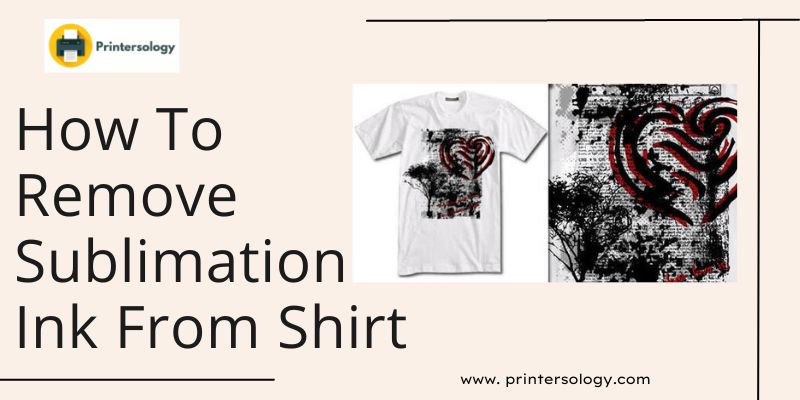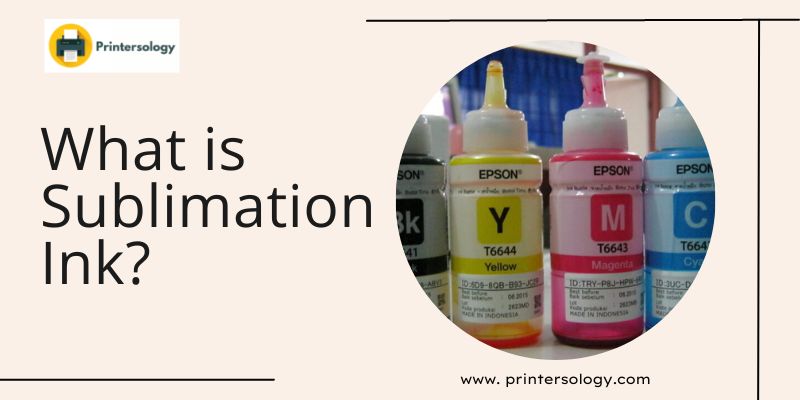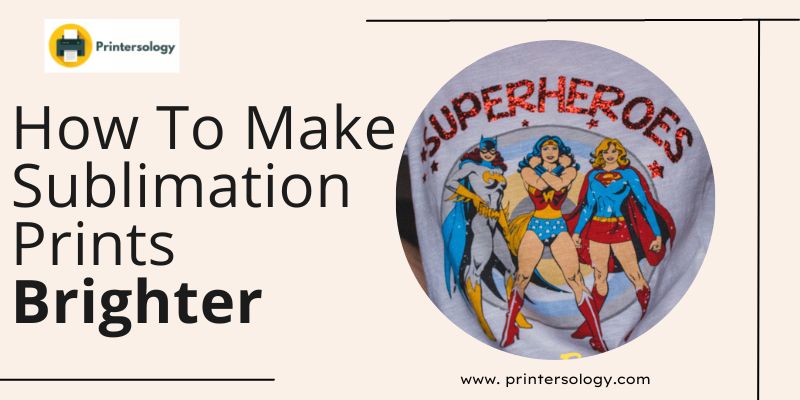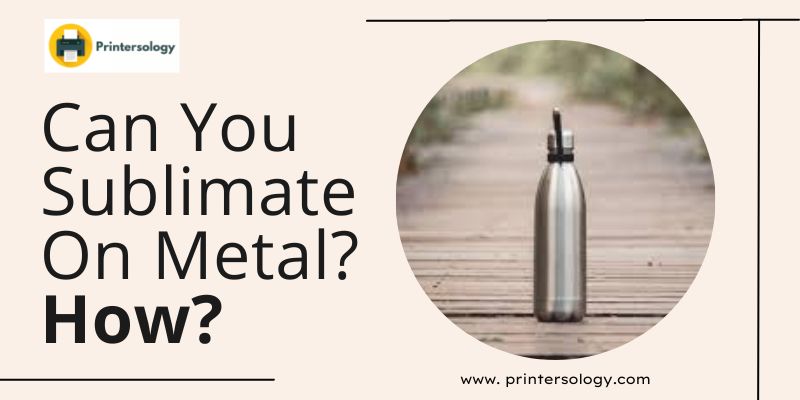Can You Sublimate On Resin? How To Do It?
Sublimation printing has been making rounds all over the manufacturing and printing industries – all thanks to the effortless yet excellent results exhibited by it.
So yes! You can surely sublimate on resin. However, polyester resin gets better results as compared to epoxy resin. Different products like mugs, boards, shirts, and clothes made of polyester, cotton, wood, denim, etc are coated with a polyester resin coating for the sublimation dyes to form a chemical bond upon heat pressing, eventually allowing an image transfer.
This is why polyester resins and a few other polymers are key factors when it comes to the process of sublimation since the dyes infuse and react well with the polyester resins.
Let us learn more about the different types of resins, the way to sublimate on them as well as the things that you need to keep in mind before resin sublimation. Let’s dig in!
Why Are Resins The Best Material To Sublimate On?
Resins, specifically the ones with polymers in them, are the best materials out there to sublimate owing to their incredible, deep chemical bonding ability with the substrate.
When heat is applied using a heat press, the pores in the polyester resin coating open and welcome the sublimation dyes to infuse into the deeper layers and chemically bond to the polyester resin molecules.
When such a substrate is subject to water, heat, air, or pressure later, the dyes do not rub off because of strong chemical bonds which ensures the longevity and vibrancy of the final product.
Difference Between Types Of Resin
Polyester resin – This type of resin offers a faster curing rate but is comparatively lower in strength than Epoxy resin. The brittleness is higher and fracture resistance is low in polyester resin. However, it provides the best bonding with the sublimation dyes as compared to the Epoxy resin. Owing to the above-mentioned properties, polyester resin is the material of choice for the process of sublimation.
Epoxy resin – Sublimation on the epoxy resin is often speculated. This type of resin exhibits a slower curing rate but is more fracture-resistant, corrosion resistant, and has greater strength in contrast to polyester resin. However, when it comes to the process of sublimation, Epoxy resin offers good but less effective chemical bonding with the sublimation dyes at the molecular level.
How To Sublimate On Resin?
- Select the product!
Resin basically is used as a coating material on various products that are to be sublimated. You first need to select what you want to get the sublimation prints on – a mug, a shirt, or even a wooden decor piece! – and then coat it with the polyester coating before beginning the sublimation process.
- Coat the surface!
Coating the substrate with polyester resin is a crucial step before beginning the process of sublimation. It is an effortless job and requires little to no expert help.
The materials for coating are available as sticky sheets and as sprays depending on the type of substrate that you wish to sublimate on. Wooden blanks are usually treated with polymer sheets whereas fabric is usually treated with polymer sprays however there are no restrictions otherwise.
- Start Sublimating!
After successfully coating your product with polyester resin, you can now bring on the process of sublimation. First, the image that you wish to print on your product is transferred onto the sublimation paper.
Next, we make use of the heat press to transfer that print from sublimation paper onto our substrate. The paper is placed on the substrate, with the print side facing the product surface which is to be sublimated. After securing it in place using tapes, we use the heat press at about 350-400°F to allow the print to get transferred in about a minute or so. (It’s just to give you an idea. Otherwise, different substrates require different time and temperature settings, apply accordingly.)
Things That You Need To Keep In Mind While Sublimating On Resin
Sublimation itself is a fairly safe process with its share of pros and cons like any other procedure. However, sublimating on resin has always raised suspicion regarding the production of harmful resin fumes that might get inhaled and cause respiratory problems.
A well-ventilated space for sublimation is an effective way to prevent the above-mentioned health concerns. Make sure that you have good ventilation across the room or hall that has the sublimation equipment and sees the process happening on a daily basis. Moreover, protective gear like double masks, headgear, and face shields are great preventive measures to minimize the hazardous potential to a great extent.
Frequently Asked Questions
1. Can you heat press on resin?
Yes, we can heat press on resin. In fact, a heat press is a better option than simple iron because the final result has a smooth finish, fewer bubbles, and a uniform heat transfer all over the substrate.
2. Can you sublimate on poly resins?
Anything that has polyester or other polymers in it can be sublimated including poly resins. In fact, such substrates end up exhibiting long-lasting and smoother results as compared to other materials.
Are epoxy and resin the same thing?
Yes. Epoxy actually belongs to the group of resins and is a two-part resin of different strengths making it the best corrosion-resistant product to sublimate on.
Conclusion
Sublimation on resin and resin products is rapidly gaining popularity in the printing industry which has revolutionized a lot of manufacturing processes.
You can not only sublimate on them but can also get long-lasting intricate designs on various substrates that are coated with polyester resin – all thanks to its commendable chemical bonding ability with the sublimation inks and longevity of the final product.






